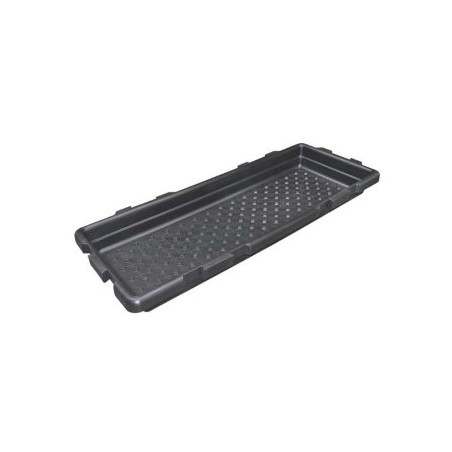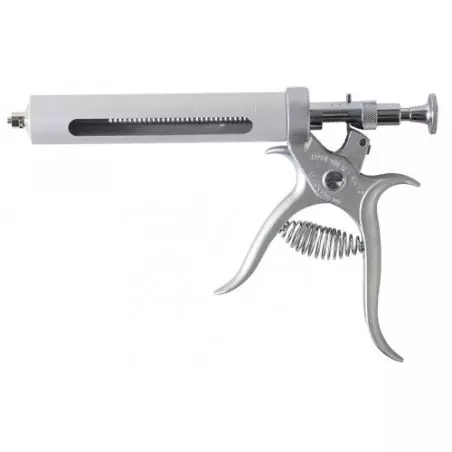The objective of this research was to estimate the effects of temperature and relative humidity on the inactivation of airborne porcine reproductive and respiratory syndrome (PRRS) virus by ultraviolet light (UV254). Aerosols of PRRS virus were exposed to one of four doses of UV254 under nine combinations of temperature (n = 3) and relative humidity (n = 3). Inactivation constants (k), defined as the absolute value of the slope of the linear relationship between the survival fraction of the microbial population and the UV254 exposure dose, were estimated using the random coefficient model. The associated UV254 half-life dose for each combination of environmental factors was determined as (log10 2/k) and expressed as UV254 mJ per unit volume.
The effects of UV254 dose, temperature, and relative humidity were all statistically significant, as were the interactions between UV254 dose x temperature and UV254 dose x relative humidity. PRRS virus was more susceptible to ultraviolet as temperature decreased; most susceptible to ultraviolet inactivation at relative humidity between 25% and 79%, less susceptible at relative humidity ≤24%, and least susceptible at ≥80% relative humidity. The current study allows for calculating the dose of UV254 required to inactivate airborne PRRS virus under various laboratory and field conditions using the inactivation constants and UV254 half-life doses reported therein.

Timothy D. Cutler, Chong Wang, Steven J. Hoff, Jeffrey J. Zimmerman. Effect of temperature and relative humidity on ultraviolet (UV254) inactivation of airborne porcine respiratory and reproductive syndrome virus. Veterinary Microbiology. (2012), http://dx.doi.org/10.1016/j.vetmic.2012.03.044








